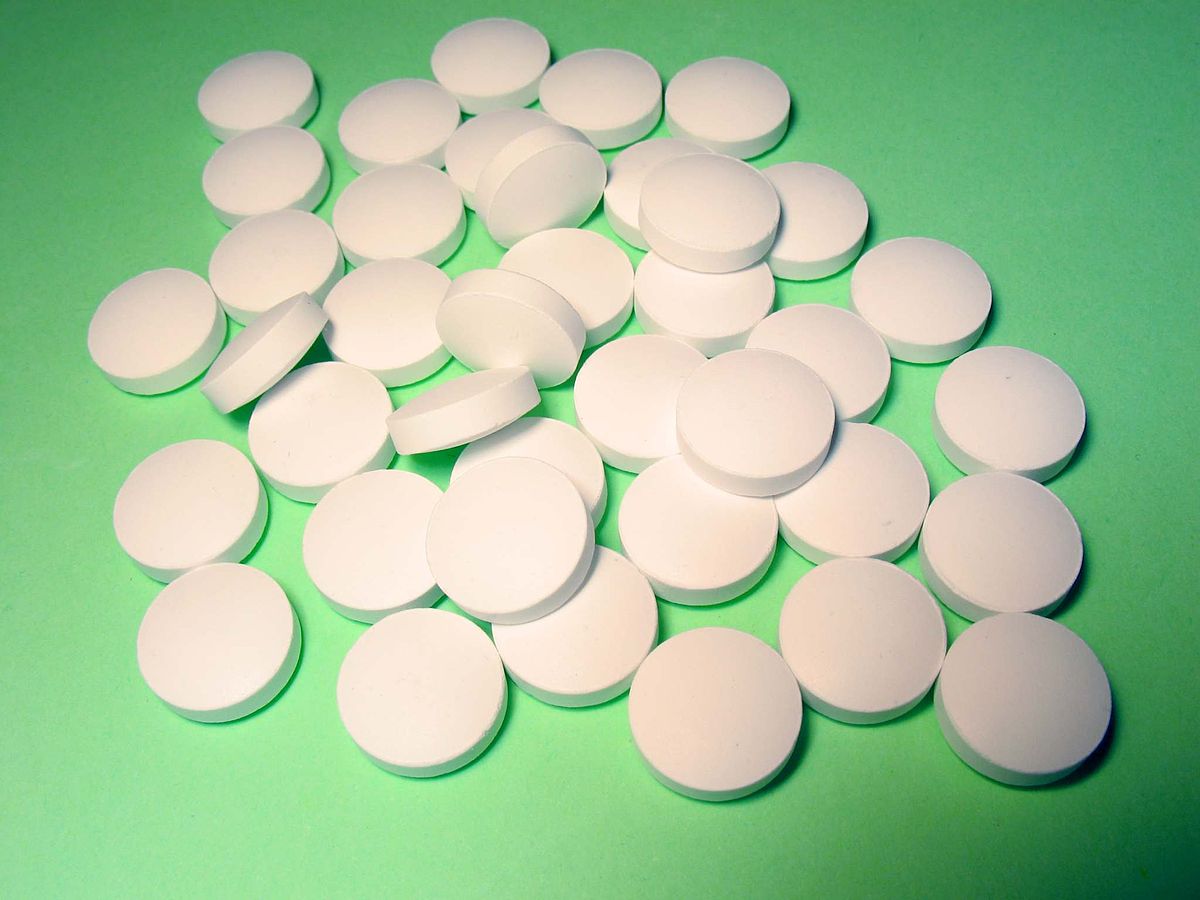 My last post discussed Lactobacillus crispatus as an important bacteria for womens' vaginal health and as a possible treatment for bacterial vaginosis (BV) - a condition where the vaginal microbes are out of whack (dysbiosis). It appears that Lactobacillus crispatus may also be a possible treatment for women with urinary tract infactions (UTIs), a condition where again microbes are out of whack.
My last post discussed Lactobacillus crispatus as an important bacteria for womens' vaginal health and as a possible treatment for bacterial vaginosis (BV) - a condition where the vaginal microbes are out of whack (dysbiosis). It appears that Lactobacillus crispatus may also be a possible treatment for women with urinary tract infactions (UTIs), a condition where again microbes are out of whack.
The bacteria Lactobacillus crispatus is part of the vaginal microbiome of many healthy women and thought to be protective. It is unknown whether L. crispatus would also work for men with UTIs.
In the US, the vaginal suppository product Lactin-V (containing the freeze dried human vaginal strain of L. crispatus CTV-050) is currently being tested for both bacterial vaginosis and recurring urinary tract infections (UTIs). So far there are positive results for this product (manufactured by Osel, Inc.) in phase 2 clinical trials, but it may be years away from FDA approval.
The following article excerpts are from April 2011, but these are still the most recent published research results for this probiotic (beneficial bacteria). The results are pretty convincing that beneficial bacteria might some day replace standard medical treatment (antibiotics) for UTIs. The Lactin-V treatment in women with recurrent UTIs resulted in "robust and prolonged colonization with L. crispatus" in the vagina, which resulted in reducing the incidence of UTIs by about 50%.
But...the results also showed that which strain of L. crispatus the women had was important - some women had lots of one strain of "endogenous" L. crispatus - naturally occurring in them - that was not protective. Or...it could be that other microbes that are not being looked at are also important.
Of course researchers are also looking at other beneficial bacteria and there has been more recent research. D-Mannose and cranberry supplements have also been found to be effective in treating UTIs of many women (see here, here, and here), as well as changing the urine's acidity through diet.
While studies typically focus on women, these other products also work for UTIs in men (D-Mannose and cranberry supplements seem to be especially effective). Looks like probiotics and alternative treatments (D-mannose, cranberry supplements, etc.) are the future in treating UTIs!
From Medscape: Pro biotic May Help Prevent Recurrent Urinary Tract Infection ...continue reading "Urinary Tract Infections and Lactobacillus Crispatus"

 My last post was about a recent Medscape article discussing whether
My last post was about a recent Medscape article discussing whether